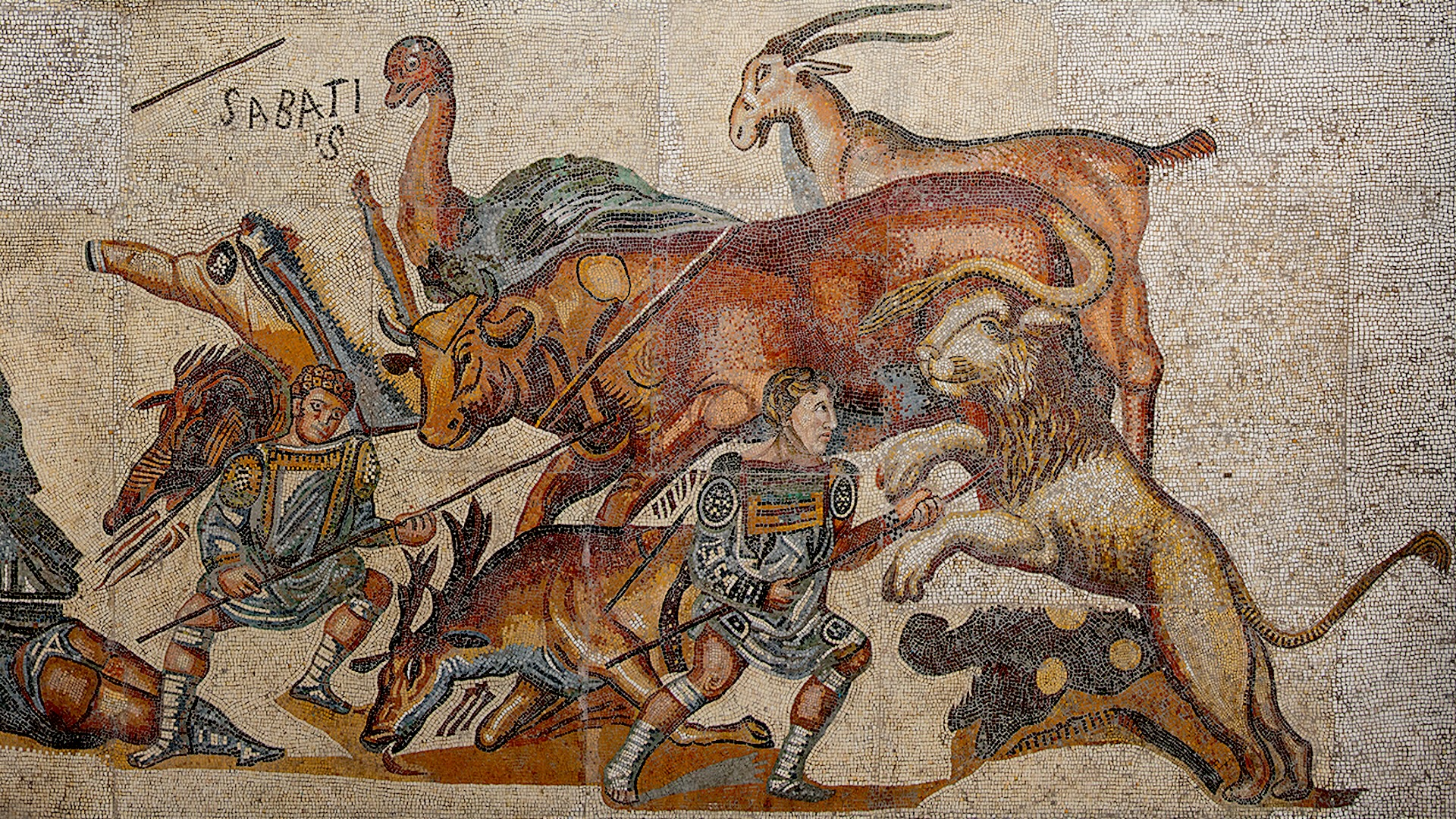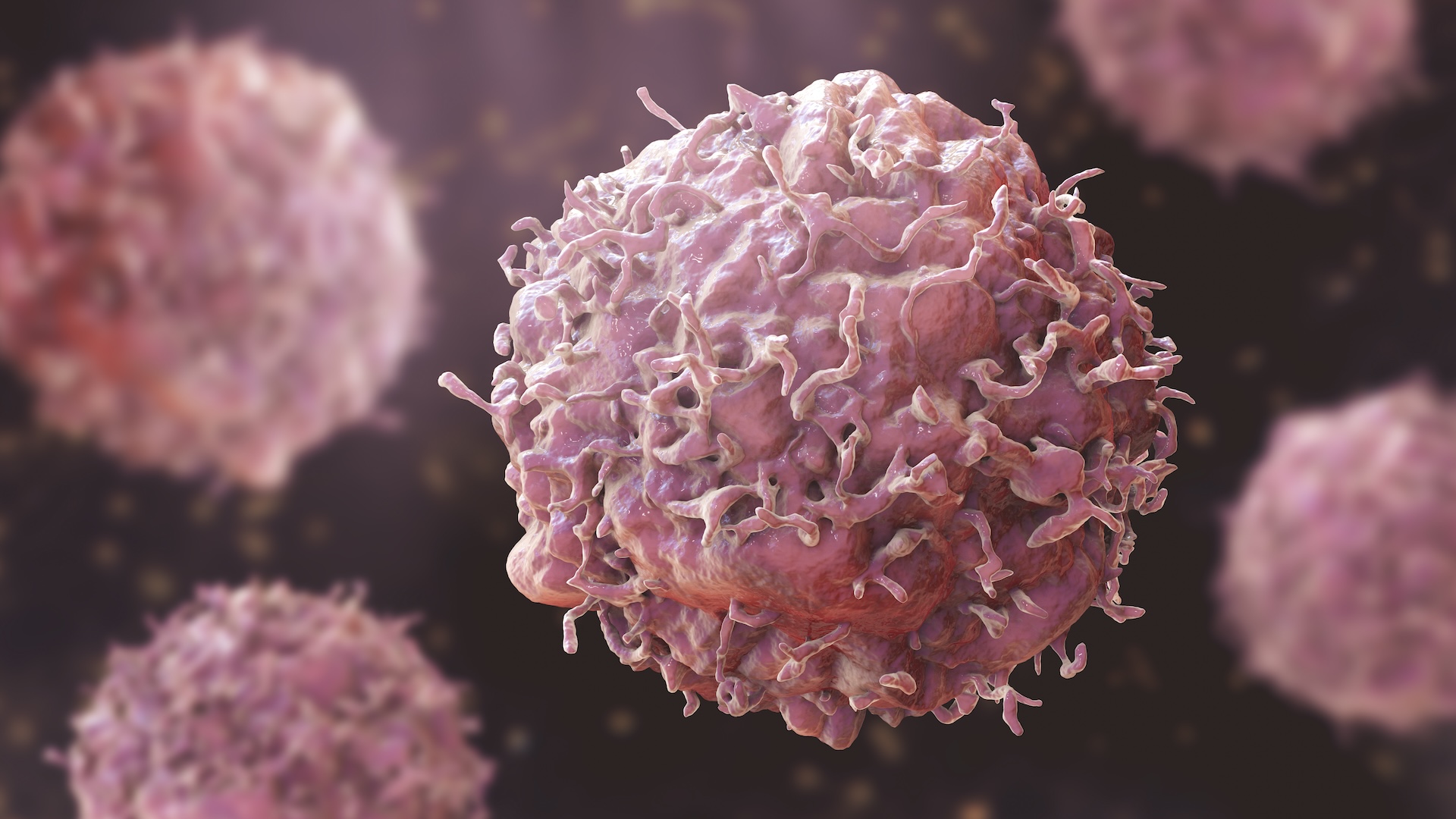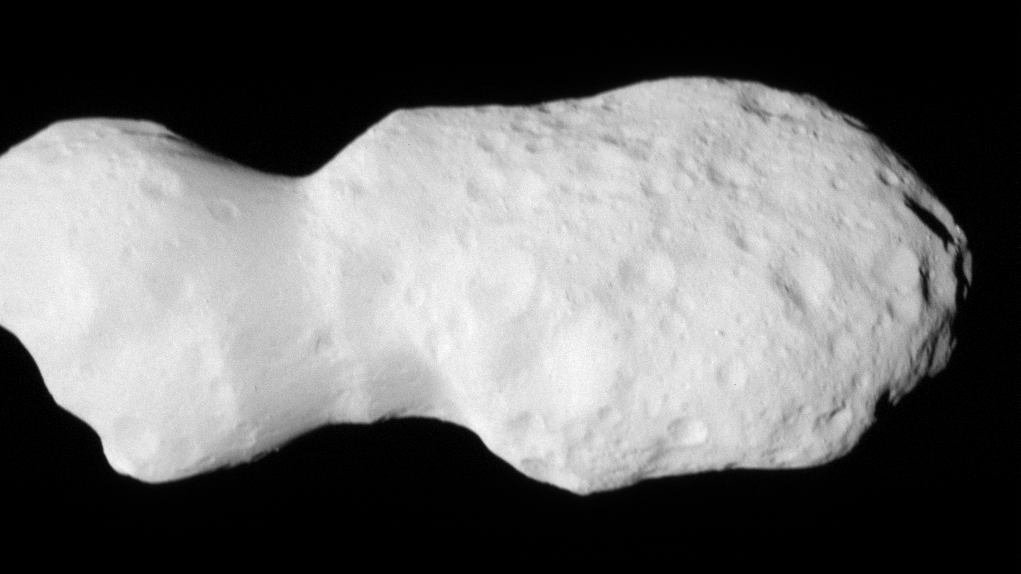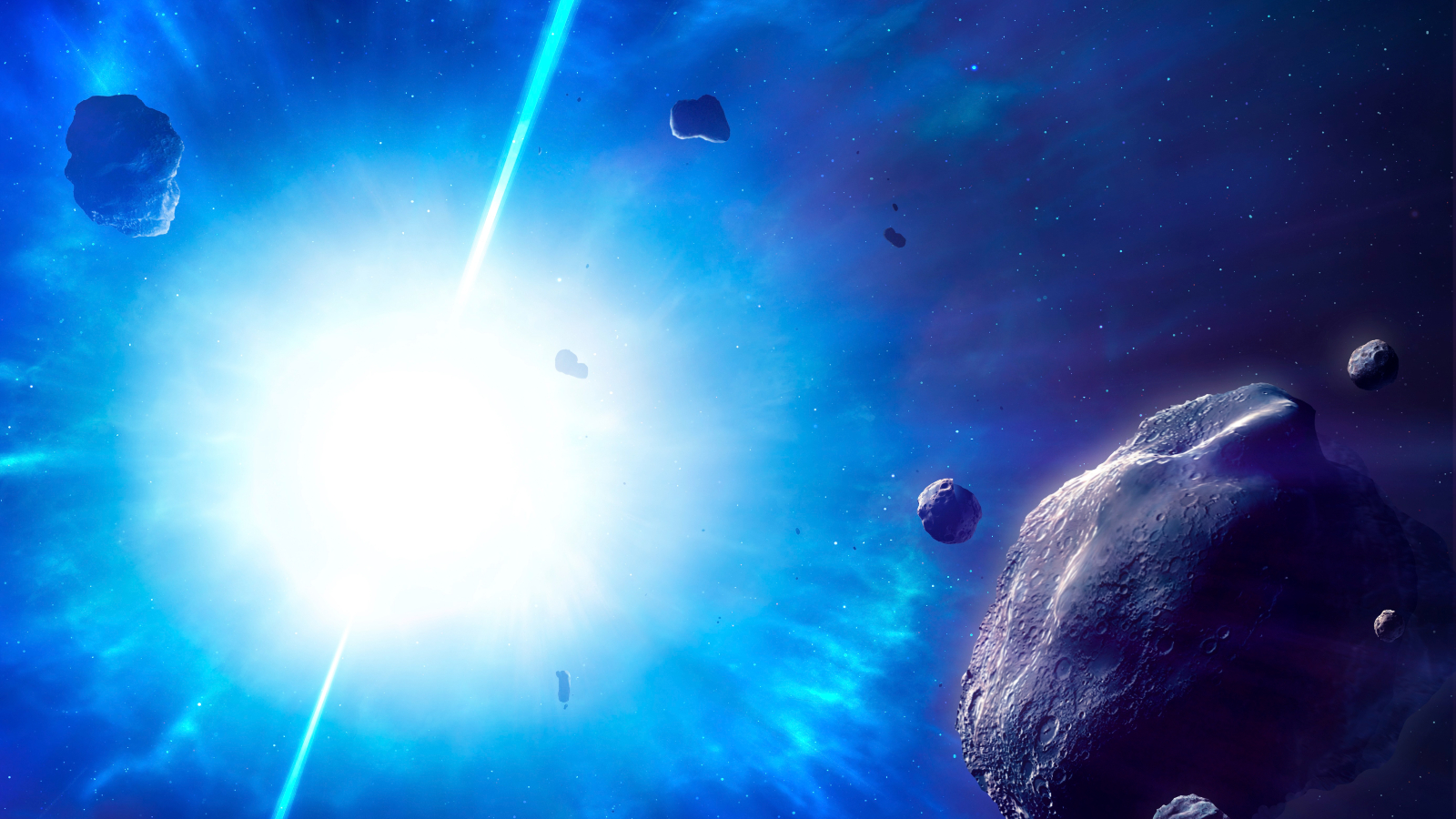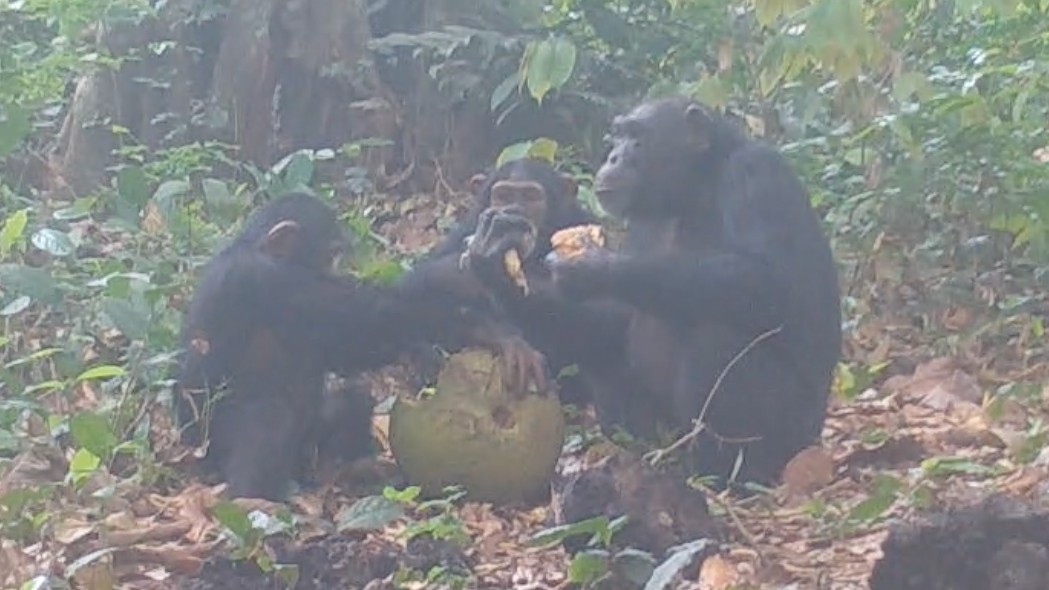World's largest iron ore deposits formed over 1 billion years ago in supercontinent breakup
Huge iron ore deposits in Western Australia's Hamersley Province formed when major tectonic events led to the breakup of supercontinent Columbia and to the amalgamation of Australia.
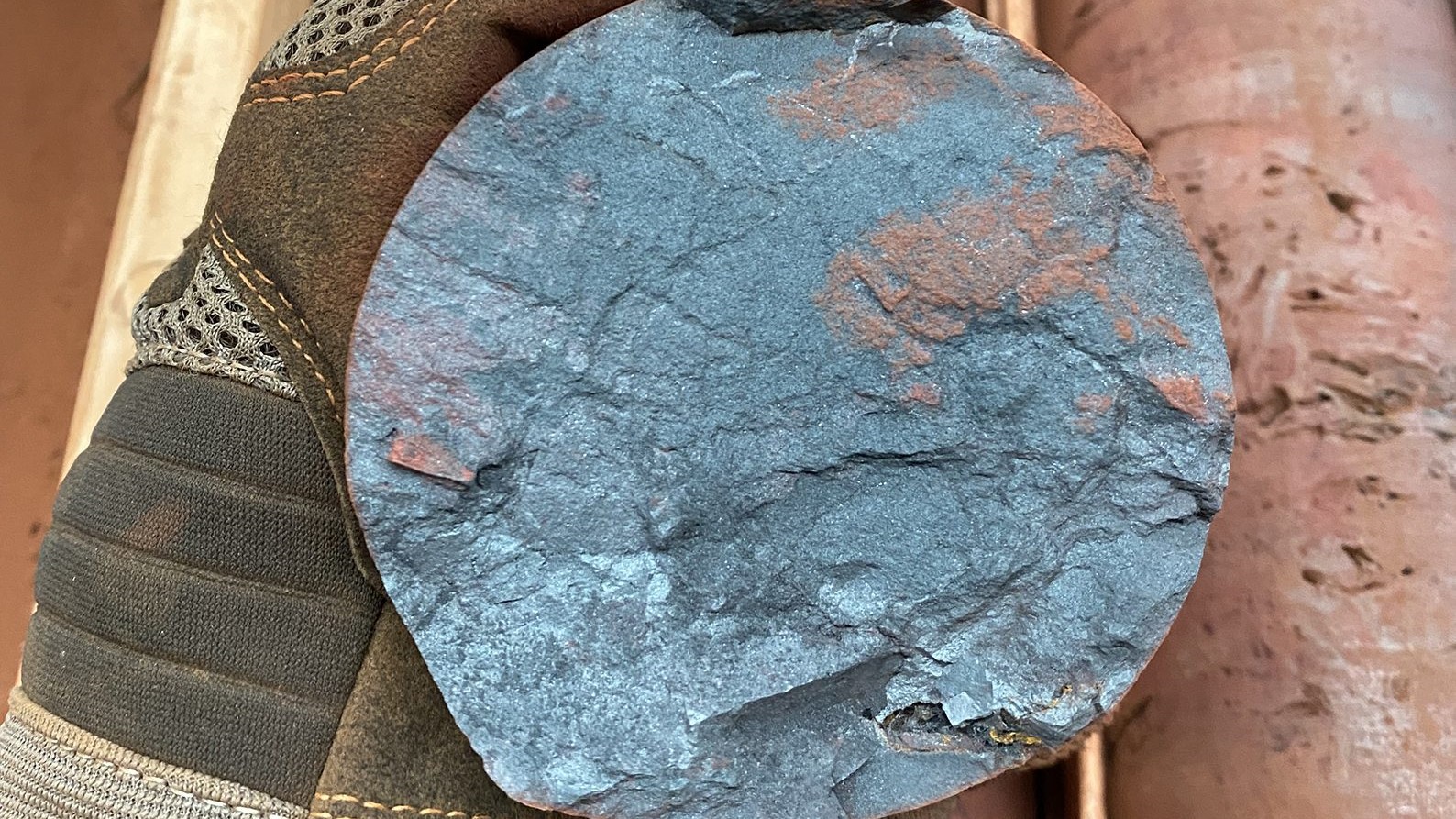
The world's largest iron ore deposits formed when the ancient supercontinent Columbia broke up around 1.4 billion years ago, a new study suggests.
The deposits, located in what is now Hamersley Province in Western Australia, sit on a chunk of Earth's crust known as the Pilbara Craton. The Pilbara Craton is one of only two pieces of crust known to date back to the Archaean Eon (3.8 billion to 2.5 billion years ago) and hosts some of the oldest rocks on our planet. (The other Archaean crust is the Kaapvaal Craton in southern Africa.)
Rocks in the Pilbara Craton have witnessed the birth and breakup of several supercontinents, meaning they hold clues about the origins of the region's rich mineral deposits, researchers said in the new study. In particular, the breakup of supercontinent Columbia, which existed between 1.7 billion and 1.45 billion years ago, and the subsequent amalgamation of Australia between 1.4 billion and 1.1 billion years ago, could explain how huge iron ore reserves formed in the Hamersley Province.
The team revealed its findings in a study published July 23 in the journal PNAS.
"The energy from this epic geological activity likely triggered the production of billions of tons of iron-rich rock across the Pilbara," study lead author Liam Courtney-Davies, a geochronologist and postdoctoral associate at the University of Colorado, Boulder, said in a statement.
Related: Massive helium reservoir in Minnesota is even more 'mind-boggling' than we thought, new data suggest
The Hamersley Province holds more than 55 billion tons (50 metric gigatons) of iron ore, which geologists previously thought formed around 2.2 billion years ago. But based on direct dating techniques, the new study found the deposits are actually much younger than that, forming between 1.4 billion and 1.1 billion years ago.
Sign up for the Live Science daily newsletter now
Get the world’s most fascinating discoveries delivered straight to your inbox.
To pinpoint the age of the deposits, Courtney-Davies and his colleagues dated minerals in eight banded iron formations — giant blocks of sedimentary rock that feature alternating layers of iron oxides, such as magnetite and hematite, and iron-poor minerals like chert. The researchers used a new geochronology technique that involved analyzing uranium and lead isotopes within iron oxides in the rock, which gave researchers the first ever direct age measurements for the Hamersley Province deposits.
The measurements revealed the iron ore formed around the same time that supercontinent Columbia, also known as Nuna, was breaking up to give rise to a primitive Australian continent.
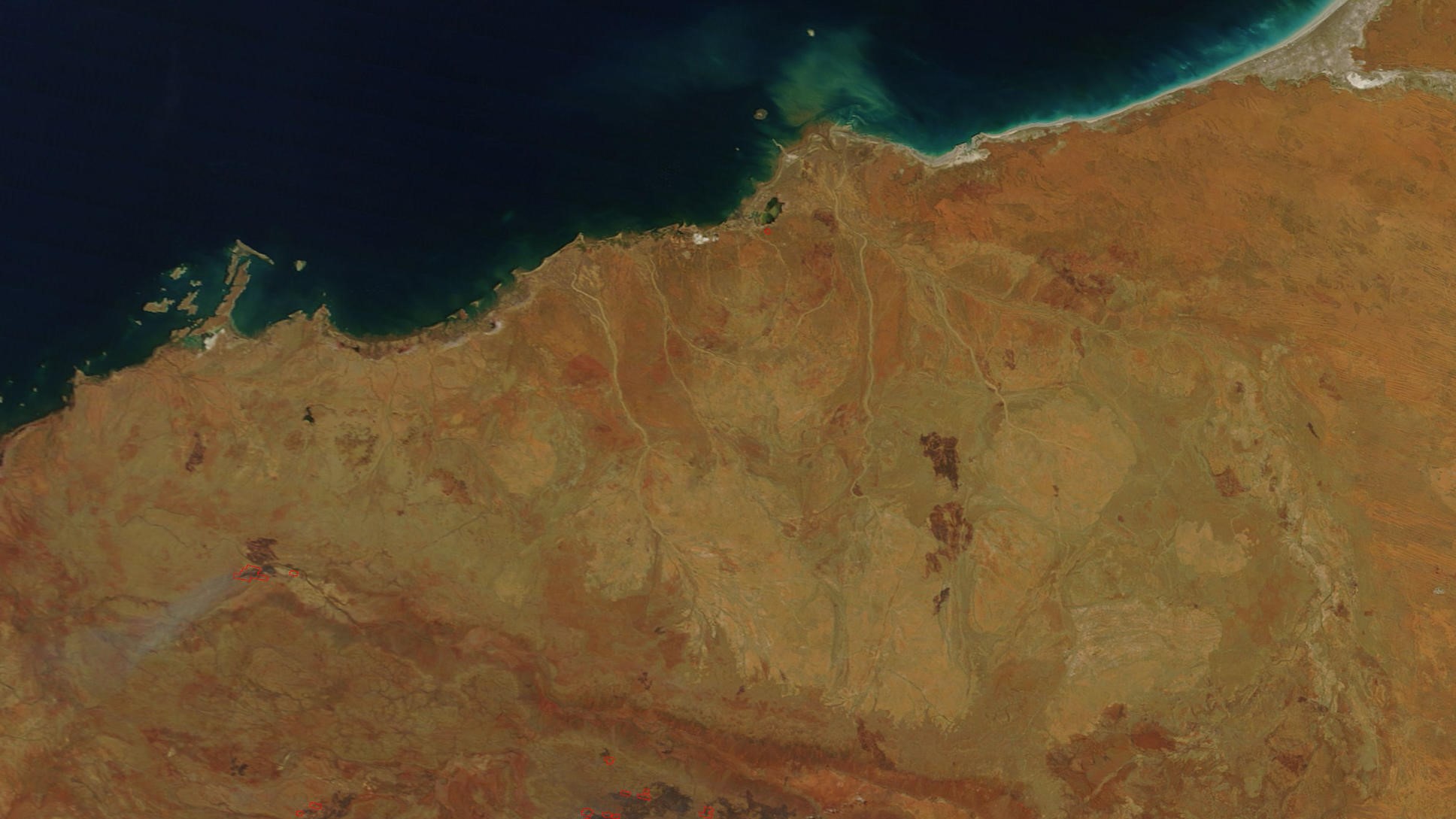
"Our research indicates these deposits formed in conjunction with major tectonic events," study co-author Martin Danisik, an associate professor of geology at Curtin University in Australia, said in the statement.
These tectonic events would have taken place across the entire Pilbara Craton, providing the huge amounts of energy required and forcing enough mineral-rich fluid from deep underground to form the massive deposits, according to the study.
The findings could help geologists locate other iron deposits in the future. Iron ore is an essential ingredient in the production of iron and steel. As such, resource exploration companies are always searching for new iron ore deposits that they can mine.
"The discovery of a link between these giant iron ore deposits and changes in supercontinent cycles enhance our understanding of ancient geological processes and improves our ability to predict where we should explore in the future," Courtney-Davies said.

Sascha is a U.K.-based staff writer at Live Science. She holds a bachelor’s degree in biology from the University of Southampton in England and a master’s degree in science communication from Imperial College London. Her work has appeared in The Guardian and the health website Zoe. Besides writing, she enjoys playing tennis, bread-making and browsing second-hand shops for hidden gems.
